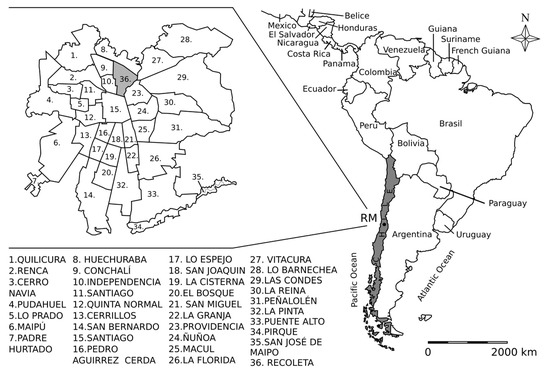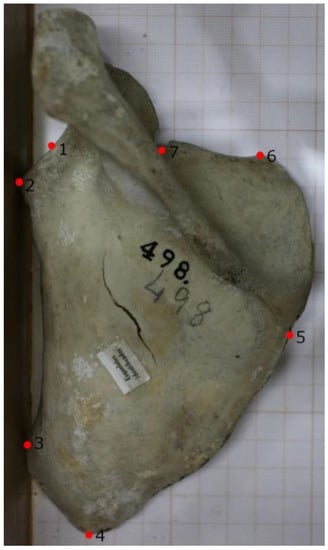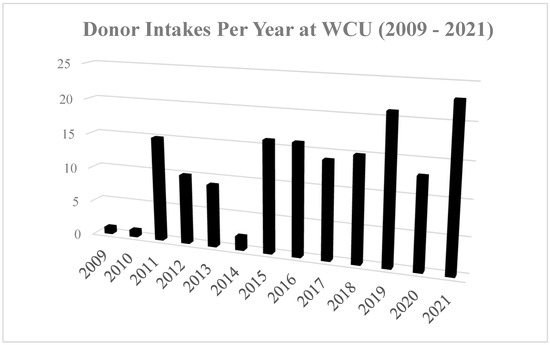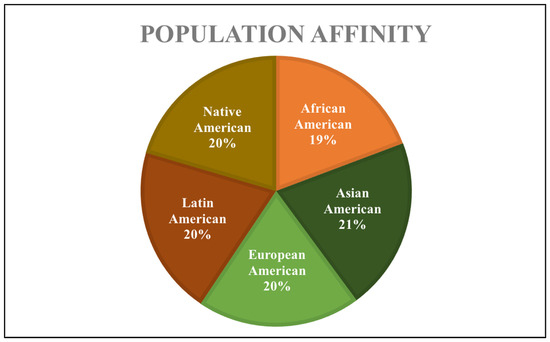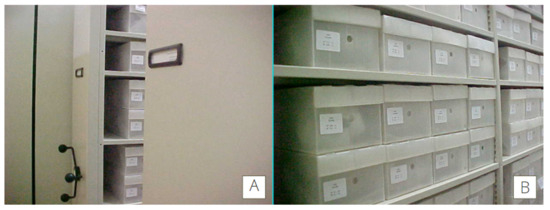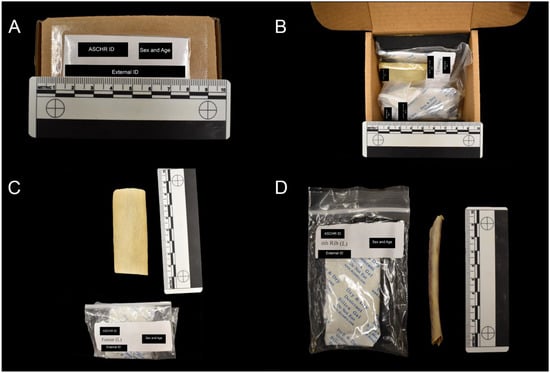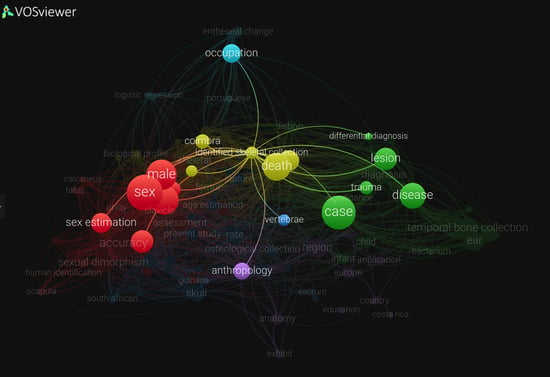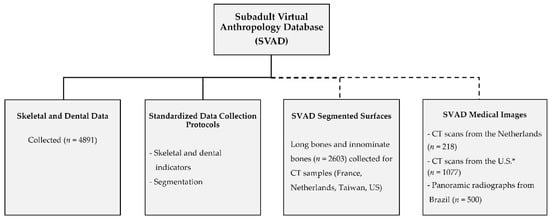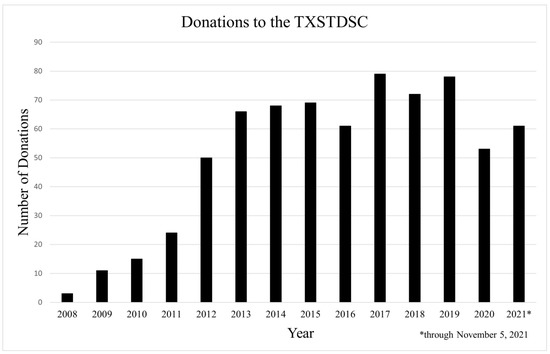The Rise of Forensic Anthropology and Documented Human Osteological Collections (Closed)
A topical collection in Forensic Sciences (ISSN 2673-6756).
Viewed by 66070Editors
2. Cranfield Defense & Security, Cranfield University, Bedford MK43 0AL, UK
Interests: forensic anthropology; age assessment; sex assessment; human collection; ethics; paleopathology
Special Issues, Collections and Topics in MDPI journals
2. LABOH- Laboratório de Antropologia Biológica e Osteologia Humana, CRIA - Center for Research in Anthropology, 1649-026 Lisbon, Portugal
3. CEF - Centre for Functional Ecology - Group of Paleoecology and Forensic Sciences, 3004-531 Coimbra, Portugal
Interests: age estimation; age at death; pubis symphysis
2. Teaching and Research Center of Forensic Archaeology and Anthropology (NEPAAF), Laboratory of Archaeological Studies (LEA), Federal University of São Paulo (UNIFESP), Guarulhos, São Paulo, Brazil
Interests: peopling of the Americas; Beringia; American Indians
Topical Collection Information
Dear Colleagues,
In 1988 Mehmet Yaşar Işcan wrote an article on the “Rise of Forensic Anthropology”. It mentioned the need for documented modern skeletal collections to address individualization factors such as biological sex, age at death, and ancestry. In 2008, Dirkmaat and colleagues revisited Forensic Anthropology, offering new perspectives, reinforcing the need for modern samples to test traditional methods and develop new ones. Thus, more than three decades passed, and there has been an increase in documented modern collections and intensification in Forensic Anthropology research.
A major asset of the documented collection is the biographical data associated with each skeleton. This individualized information enables the development of hypothesis-driven research on sex and age-at-death estimation methods, individual and population ancestry and variability, behaviour patterns and/or activity related bone changes, and bone lesions’ correlation with cause of death. These approaches have also benefited from methodological and technical improvements.
However, documented collections are not without bias, as many have skewed age-at-death distribution, with biographical data being self-reported, inaccurate, and/or historically inadequate to present days. In addition, ancestral and ethnicity affiliation may express phenotype bias classification, and cause of death and occupation may not relate to a pattern of bone changes observed on the skeletons. These biases are problematic when developing methods to infer accurate age-at-death and sex estimations and ancestry classifiers, or when exploring diseases with a biological solid age association.
Ethical issues associated with documented collections are also becoming prominent in Anthropological discourse. These include discussion on the provenance of the remains, consent issues, preservation and curation issues, data dissemination and replication, amongst others.
This Special Issue aims to aggregate information on documented collections worldwide, focusing on, but not limited to: 1) collection profile description and its legal and ethical contextualization; 2) documented-collections-associated resources use and dissemination (e.g., biographical data, imagological data, metrical data); 3) collection scientific contribution to sex and age-at-death estimation methods; 4) collection scientific contribution to individual and population variability; 5) methods on sex and age-at-death, as well as morphometric methods; 6) collection-based methodological and technological development; and 7) collection bias assessment and methodological approach.
Submissions dealing with the abovementioned topics are welcome, as are others offering alternative views and the results of interdisciplinary work.
Dr. Francisca Alves Cardoso
Guest Editor
Dr. Vanessa Campanacho
Dr. Claudia Regina Plens
Co-Guest Editors
Manuscript Submission Information
Manuscripts should be submitted online at www.mdpi.com by registering and logging in to this website. Once you are registered, click here to go to the submission form. Manuscripts can be submitted until the deadline. All submissions that pass pre-check are peer-reviewed. Accepted papers will be published continuously in the journal (as soon as accepted) and will be listed together on the collection website. Research articles, review articles as well as short communications are invited. For planned papers, a title and short abstract (about 100 words) can be sent to the Editorial Office for announcement on this website.
Submitted manuscripts should not have been published previously, nor be under consideration for publication elsewhere (except conference proceedings papers). All manuscripts are thoroughly refereed through a single-blind peer-review process. A guide for authors and other relevant information for submission of manuscripts is available on the Instructions for Authors page. Forensic Sciences is an international peer-reviewed open access quarterly journal published by MDPI.
Please visit the Instructions for Authors page before submitting a manuscript. The Article Processing Charge (APC) for publication in this open access journal is 1000 CHF (Swiss Francs). Submitted papers should be well formatted and use good English. Authors may use MDPI's English editing service prior to publication or during author revisions.
Keywords
- identified collections
- sex assessment
- age-at-death assessment
- ancestry
- morphometrics
- aDNA
- ethics
- biographical data
- data dissemination
- 3D
- pathology





